3D Printers Could Solve Diet Problems
3D PRINTERS MAY HELP WITH DIETARY PROBLEMS
There aren’t many limits to what you can make with a 3D printer, and enthusiasts are always pushing the envelope to come up with both new materials and new uses for them. Some of these turn out to be genuinely practical, while others are on the wild and wacky side. Sometimes the only way to find out is to try it and see.
One thing we’ve looked at before is 3D printed food. The technology already exists to do this, but up to now it’s been hard to see why anyone would actually want to. After all you can make conventional food in a fraction of the time and much more cheaply, so while it’s possible to print yourself a pizza there isn’t really a lot of point (except for the geek cred of doing it, of course).
What if you have special dietary needs, though? There are a lot of people who, for various medical reasons, are stuck with a restricted choice of food – and 3D printing has the potential to be a huge help for them.
Dysphagia is a fairly unpleasant medical condition that makes it difficult or painful to swallow food. It has many causes, from birth defects to old age, and a growing number of people suffer from it. Many cases are untreatable and existing solutions aren’t great. For example, old people’s homes often liquidise food for dysphagic residents. This isn’t all that pleasant to eat, and people with dementia might refuse to eat it at all – it doesn’t look like the food they remember.
Now a group of Australian researchers think they’ve found the answer – 3D printing. With a food-capable printer it’s possible to create meals that look like normal food but are formulated to be softer and easier to swallow. Unlike other processing techniques it can also do this without losing any nutrients.
It’s also possible to use 3D printers to overcome other dietary problems. Some people, including many of the elderly, need a high-protein diet. With printed food it’s easy to add extra protein in the form of “meat ink” – printable meat has already been made, and high-protein extracts are even easier. Vitamins could be added at the printing stage, so people don’t need to take supplements.
CSIRO, Australia’s national science agency, believes that in the future printers could give all of us a diet perfectly tailored to our current state of health. That would need a personal device that could monitor our health, but this is also within reach of current technology. By networking the sensor to a printer it could set the right nutrient levels, adjust the recipe to the closest match, fine-tune it with supplements then print out a ready-to-cook meal.
As for the printing technology itself, it probably won’t be long before it’s possible to print food that’s indistinguishable from its conventional equivalents. Right now printed meat is fairly homogenous, but with the right printer there’s no reason why you couldn’t print a perfect rasher of streaky bacon. The biggest obstacle is probably cost; it will be a while before printable food is an economical alternative for most people. That’s likely to happen someday though, so Star Trek replicators probably won’t be science fiction for much longer.

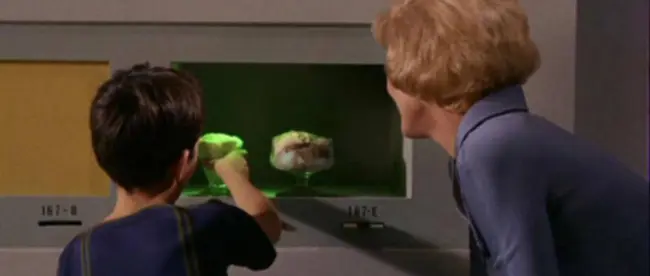
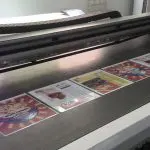
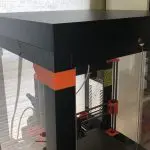
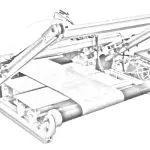
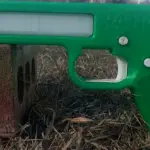
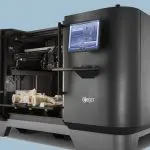

Leave a comment
You must be logged in to post a comment.